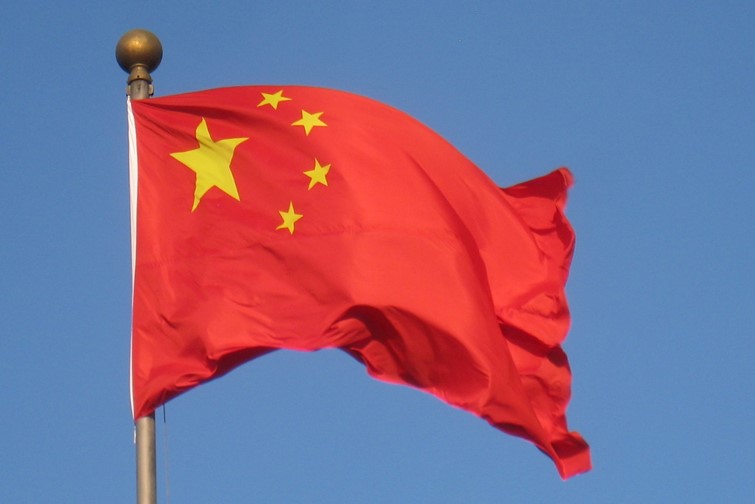Grow Your Own Fruit Salad…On A Single Tree!
September 11, 2012 in Daily Bulletin, Signature

Everybody loves the experience of eating fruits that were grown in one’s own garden. The problem, however, is that few of us have enough space to plant more than a couple plants. As it turns out however it is possible to get a single plant to yield an assortment of fruits…enough to create your own home-made garden picked fruit salad. Ferris Jabr wrote:
- By combining together the branches and stems of different plants it is possible to create one super organism that grows several different types of fruits.
- Some examples include a single tree that can grow peaches, plums, nectarines, apricots and peachcots. Another can grow winter oranges, summer oranges, mandarins, lemons, limes, grapefruits, tangelo and pomelos.
- Farmers have engaged in this practice for years – mostly for practical reasons. They attached the kind of plant they wanted to grow to the roots of another plant that grows well in the local soil. This is why most of Florida’s orange trees have the roots of lemon trees, and why in California the reverse is true.
- Some of the combinations are quite creative. A pomato plant grows potatoes under the ground and tomatoes above the ground.
Read more about how these plants are made, some ground rules for making them, why you can’t always trust a seed, and some of the other fascinating combinations, over here.
Source: Scientific American









Join the Discussion! (No Signup Required)